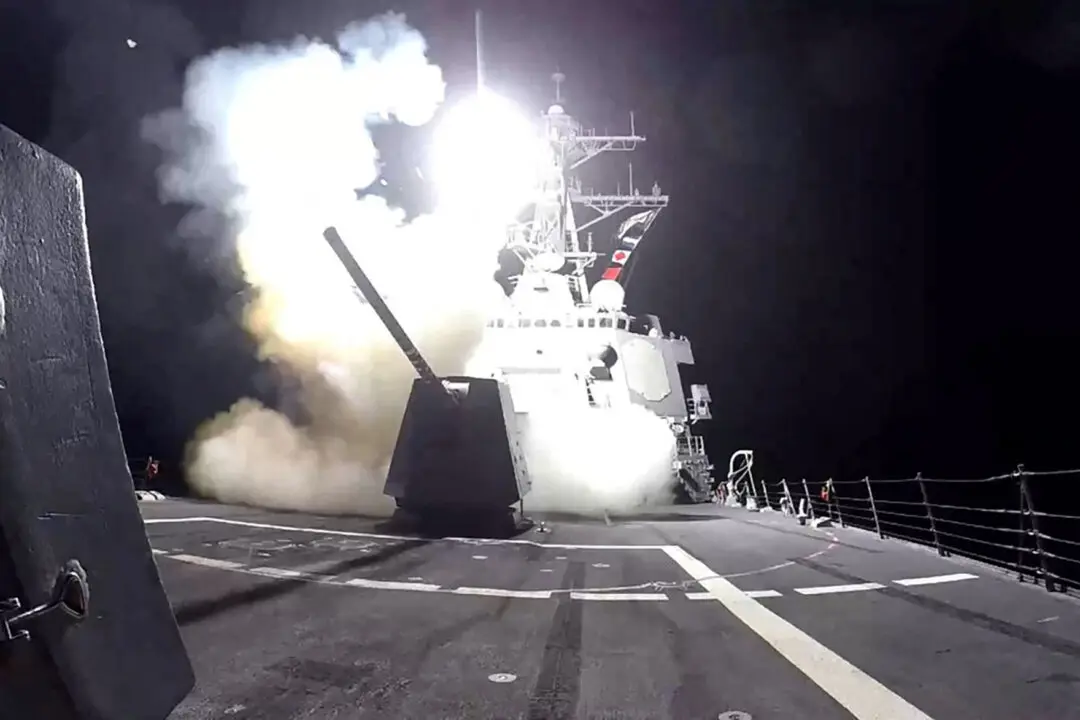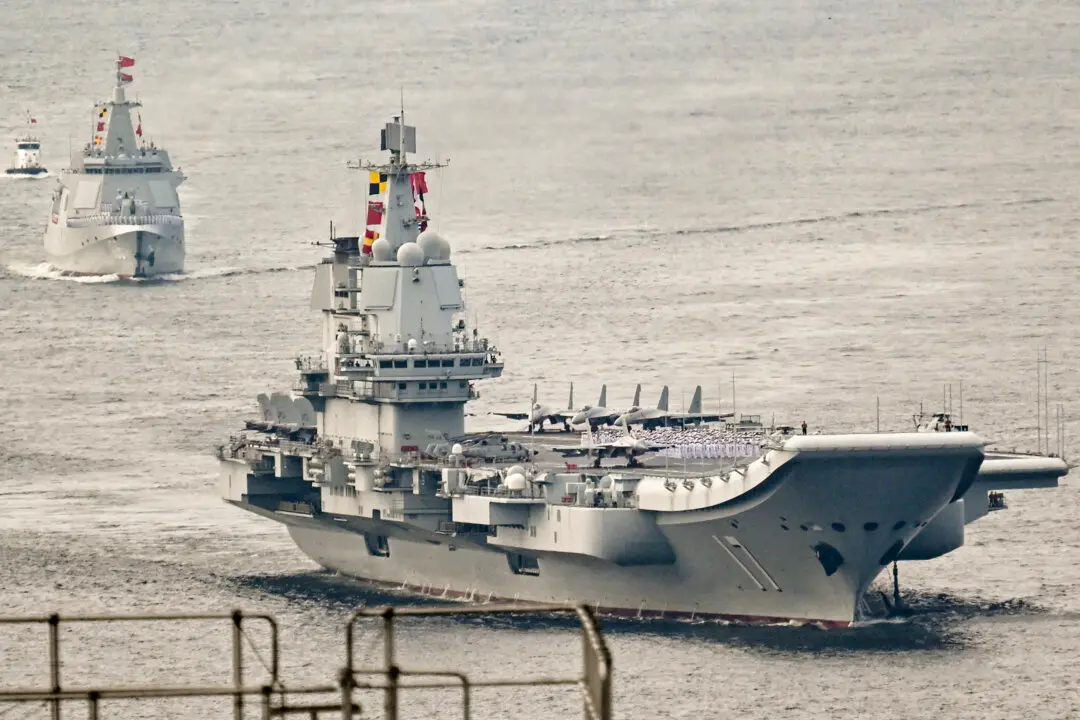U.S. and Canadian forces tracked four Russian military aircraft through Alaska’s air defense identification zone (ADIZ) on Aug. 13 and 14.
Alaska’s ADIZ is not part of U.S. airspace proper, but the zone immediately surrounding it in which aircraft are identified and tracked in the interest of national security.





